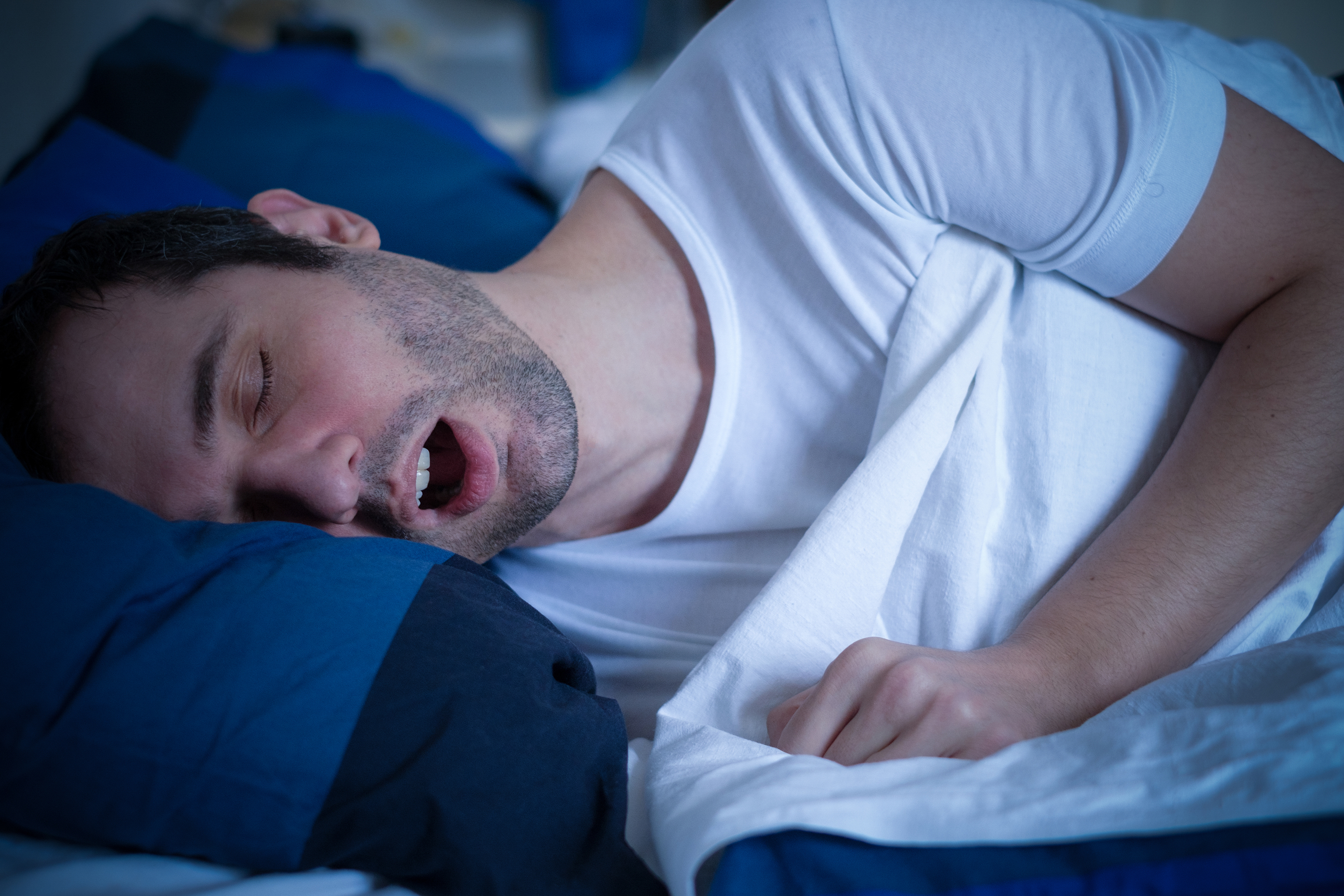Obstructive Sleep Apnea
Publicado em 29/01/2020

Obstructive apnea is a frequent, but rather unknown, disorder. Its manifestations warrant careful attention, since it is frequently attributed to fatigue from daily activities or aging. The intensity of obstructive sleep apnea symptoms varies from soft to severe. The most common situation is for someone who shares a bedroom with the patient to complain about intense, frequent snoring, which worsens when sleeping on their back or after consuming alcohol. While sleeping, some patients will stop breathing, choke, breath through their mouths, wake up frequently, or get restless. Snoring may be so intense that the patient’s partner has to sleep in a different room. Patients may also experience excessive daytime sleepiness, characterized by the need to nap when one is not expected to feel sleepy. Mood swings, reduced memory, non-repairing sleep and arterial hypertension may also appear.
The risk groups for obstructive sleep apnea are men, middle-age, menopause, obesity and people who consume alcohol before sleeping. Lean individuals and children may also be affected by the condition, which could be associated with expanded tonsils and adenoids. If these symptoms appear, it is important to go to a doctor for an appropriate diagnosis and treatment.











